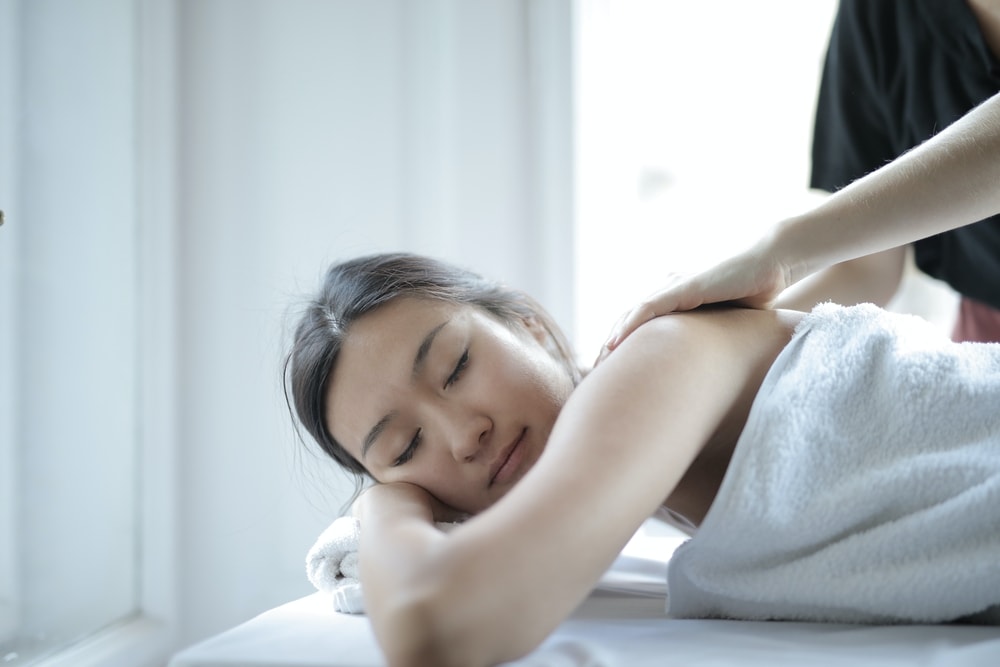Clay Baths and Other Clay-Based Spa Therapies
An ingredient in both ancient Egyptian and Mayan healing traditions, clay has been used externally to soothe troubled skin and joint pain and internally to heal stomach ailments. Because of its antiseptic and magnetic properties, clay has also long been used as a detoxifying agent.
Types of Clay
Clay, like mud, consists of fine mineral granules. Clay is created slowly by the chemical weathering of rocks and by natural hydrothermal activity. Clay’s specific mineral content depends on the region clay it’s derived from. However, all clay is primarily composed of silicate particles and water molecules that give it plasticity. Dried or fired at high temperatures, clay loses its plasticity and forms a ceramic material. Clay absorbs water and fats, and it adsorbs onto its surface molecules toxins and gases, while imparting mineral nutrients.
The main types of clay are kaolinite, montmorillonite-smectite, illite, chlorite, bentonite and varve. Up to 30 different subtypes of clay exist. In addition to pure clay, many commercial products have been made that contain clay blended with herbs, essential oils, sea salt and other ingredients that enhance clay’s properties.
Highly prized is clay from France as well as the Umbrian region of Italy and from volcanic ash. The colors of clay vary depending on the mineral content. Green clay contains about 50 percent silica along with smaller amounts of magnesium, aluminum, calcium, titanium, iron, phosphorus, sodium and potassium and is particularly good for oily skin and acne. The mineral content of green clay imparts a strong drawing or magnetic power.
Yellow clay has a weaker drawing power and is more suitable for children, pets, and individuals with sensitive skin. Yellow clay is particularly beneficial for eczema, psoriasis, dermatitis and various rashes.
White clay has a very high silica content and is used to nourish, balance, and moisturize combination and dry skin, and it works well as a hair/scalp mask.
Red clay, with its high iron content, is used to regenerate tissue and revitalize skin that is damaged by the sun or that has broken capillaries, varicose veins, stretch marks, bruises and burns. Pink clay is similar to red clay although its actions are milder, making it excellent for firming mature skin and reducing dark under-eye circles. Pink clay also helps with collagen repair and is beneficial for people with connective tissue disorders.
Clay Baths
The clay bath is primarily used for detoxification. When dry clay is absorbed into hot water, its particles create a porous network with a large surface area. The clay molecules act like a magnet because of their strong negative ionic charge. This causes them to draw and react with positively charged ions, including heavy metals, radioactive molecules, and other toxins.
For clay baths, clean, raw, natural swelling smectite clays, including bentonites and French clays, are considered superior. It’s important to avoid any contaminated clays, as well as any clays with additives. Clay should be stored in containers that are completely sealed, and kept away from moisture, metals and petroleum chemicals.
Clay spa baths typically last for one hour. Specific clays and enhancers are used depending on the individual’s specific needs. Clay baths are effective for treating sports injuries and reducing arthritic pain. In addition, clay baths are frequently used for treating heavy metal toxicity, general chemical toxicity, recovery from radiation and chemotherapy procedures, lymphatic stimulation, comprehensive cleansing protocols, and for stress reduction.
Home-use clay bath treatments are widely available. Specific clay bath products have been developed that help remove mercury and other heavy metals. Clay Baths Australia offers a high quality magnetic clay that’s been vigorously tested.
Clay Masks and Wraps
Clay is also used in facials and wraps to remove impurities and toxins and to revitalize the skin. Clay is also used as a hair treatment to remove mineral deposits and toxins.
The Spa at the Four Seasons, Biltmore in Santa Barbara, California offers a Chardonnay Clay Body Wrap. A mixture of chardonnay, grape seed extracts, and clay cocoons the skin for 50 minutes. This therapy is reported to firm and detoxify the skin, leaving it rehydrated and revitalized.
At the Yaxkin Spa at the Hacienda Chichen Resort in Chichen Itza, Yucatan, Mexico, one of the top eco-spas in North America, clay is used in the 90-minute Deluxe Holistic Mayan Spa Healing Experience. This therapy is used to renew the spirit, cleanse and invigorate the body, and restore the equilibrium and serenity of the mind. According to Mayan healing, clay is used to align the energies of earth, water, fire and air in the individual. A blend of essential oils, honey and clay is used as a body wrap and facial. The ritual includes aromatherapy, reflexology, crystal and gemstone therapy, and herbal wash.
Source: Motykie Medical Spa




